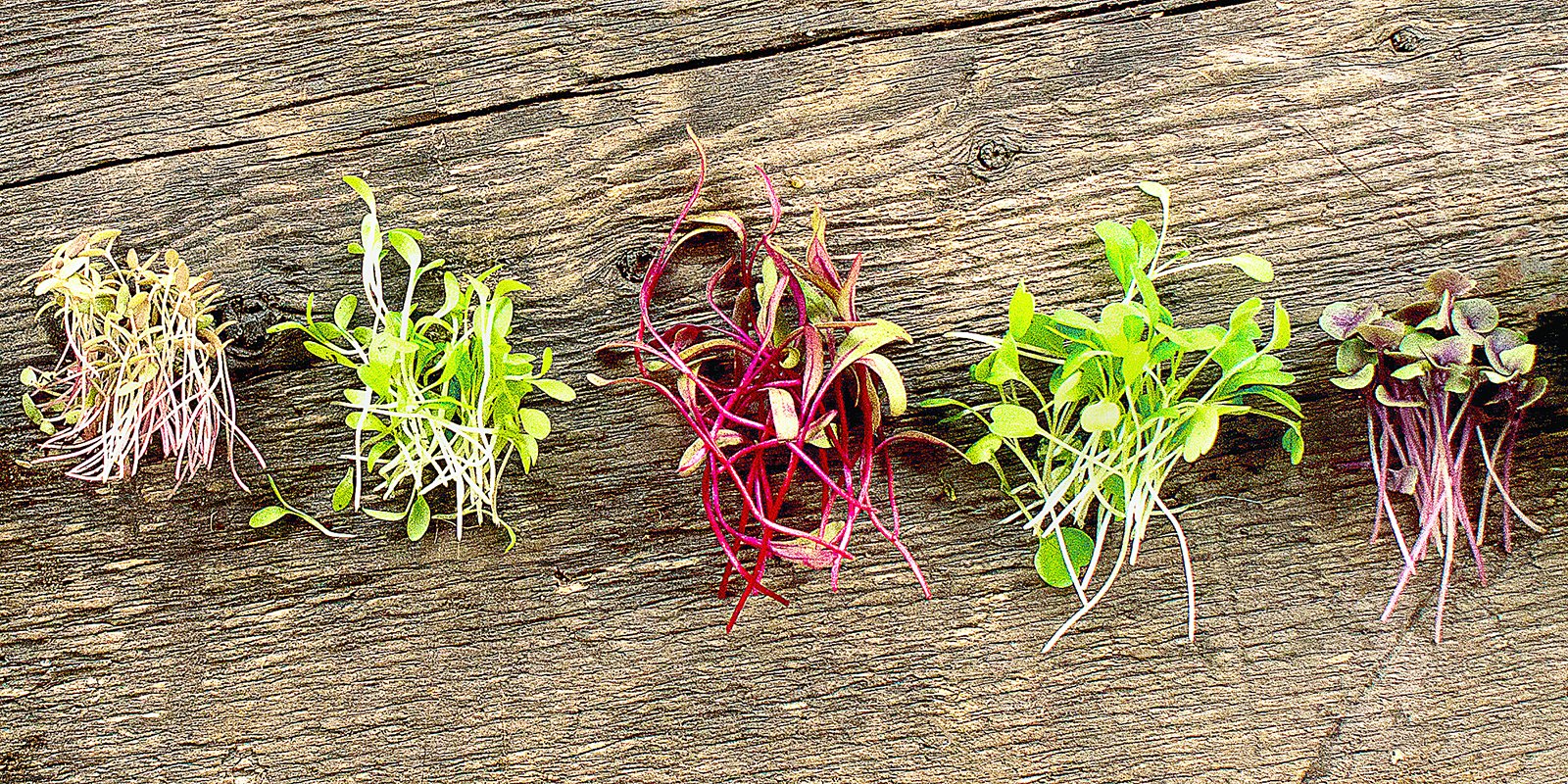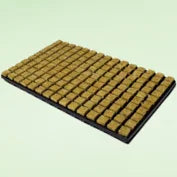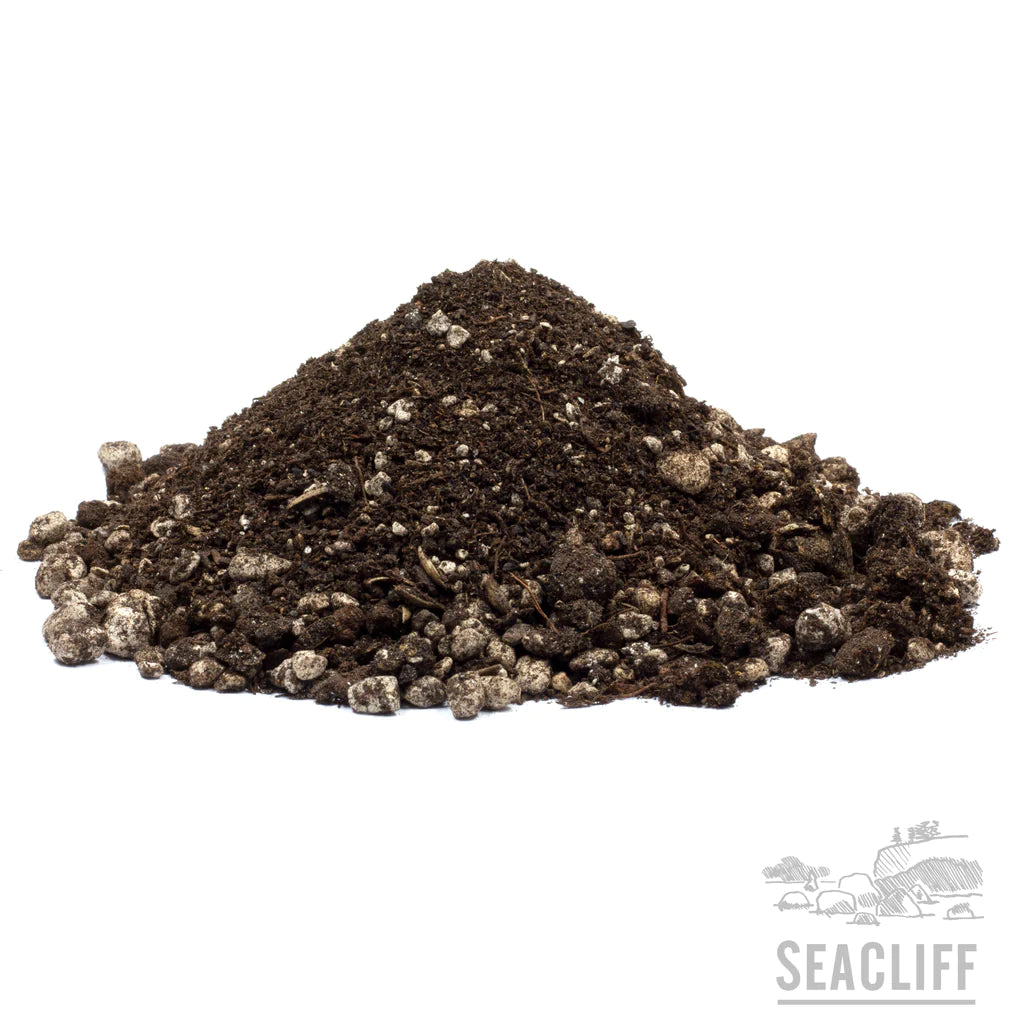
Microgreens
MICROGREENS
What are they?
Microgreens are greens that are picked just 7 – 14 days after germination, hence they are a much smaller green with more intense flavour and high nutrient content than the developed plant would have.
They are not sprouts, which are seeds soaked in water to germinate.
Benefits of Microgreens
- High in nutrients. Much more nutrient dense (4 to 40 times!) than their mature counterparts. Different vegetables contain a wide array of nutrients and the microgreens are no different.
- Contain Polyphenols. These are natural chemicals found in many foods and contain powerful antioxidant properties. Polyphenols have been associated with the reduced risk of heart disease, cancer and Alzheimers.
- Improve heart health.
- Reduce chronic disease risk.
- Easy and convenient. Water, soil and a little light are all that’s neded.
- Year-round cropping.
Types of microgreens
There is a huge variety available, ranging from different kinds of vegetables to herbs.
Some of the most popular are – amaranth, radish, watercress, rocket, peas, chives, mizuna, cabbage, beets, cilantro, mint, garden cress, sunflower, kale, parsley, dill, carrots, celery, basil, mustard greens, fennel.
Top 6 (but completely subjective!):
Radish: One of the fastest growing. Great as a garnish or with scrambled eggs for a balanced breakfast.
Peas: Quick growing and can be cut and grown again. Used in salads, coleslaws or soups.
Basil: Full of flavour. A great boost for salads or pasta dishes.
Rocket: Also full of flavour and great for adding a peppery taste to salads, pasta dishes or even by itself with parmesan and olive oil.
Cress: This incredibly versatile and is an excellent way to spice up sandwiches, soups and salads.
Beets: The vibrant red and purple stems can brighten up any dish, and make an attractive garnish.
How to grow microgreens
What you need to get started:
Microgreen seeds: Almost any vegetable seed can be used but microgreen seeds give the best results. Rambo Radish and Peas both give quick results and are almost foolproof, so great for beginners.
Soil: Anything that holds a bit of moisture and the seed can anchor its roots on will work. Coconut fibre is cheap and easy to use.
Tray: Any type of tray that can hold soil and moisture.
Light: A sunny windowsill is ideal. Otherwise a light source may be needed.
Water: A spray bottle to keep the seeds damp is fine, otherwise a wicking mat underneath can be used.
How to sow
- Fill the tray with soil and wet thoroughly.
- If the seeds are small, sprinkle on top and leave exposed.
- For larger seeds, soak for a couple of hours then sprinkle on the soil and cover with a thin layer of soil.
- Put the trays in a warm light place, eg a windowsill.
- If you don’t have them on a wicking mat, spray each day with water to keep them moist.
Harvest when they have the first true leaves, as you are aiming to get the energy from the seed. If you leave it any longer they will need to be fed.


